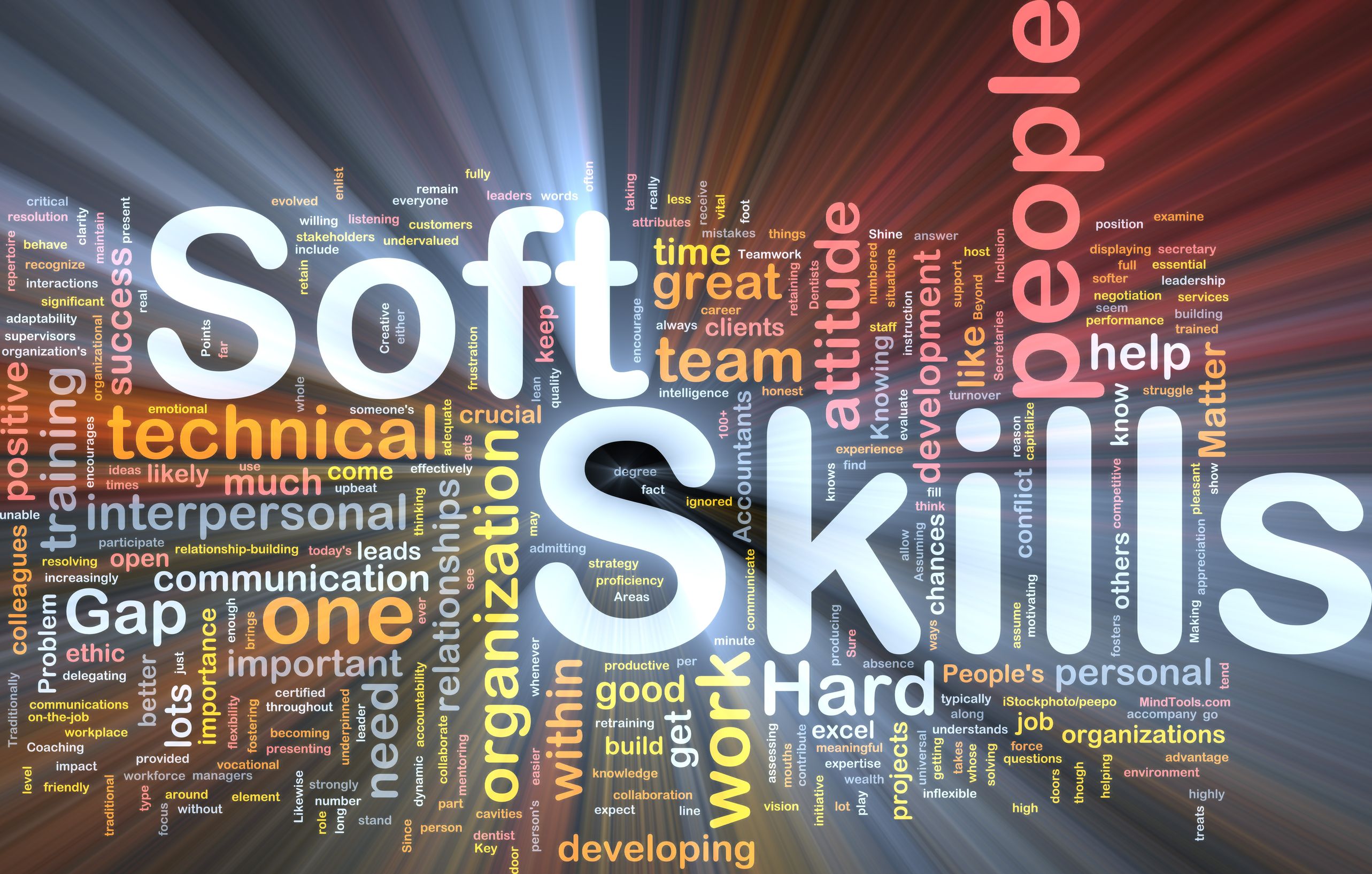People generally tend to focus on attending or developing their skills on concepts relating to knowledge or business acumen. However, what we fail to realise is that the most powerful skill to develop in oneself is Soft Skills.
Soft skills is a sociological term relating to a person’s “EQ” (Emotional Quotient), the cluster of personality traits, social graces, communication, language, personal habits, friendliness, and optimism that characterize relationships with other people.
Also known as Interpersonal Skills, or people skills, they include much proficiency, some of which are:
Listening skills
An underlying premise of all our communication is this: our intention may be to communicate a particular message, in a particular style. However, sometimes after some conversations you walk away wondering “what went wrong? That’s not what I meant to happen.” So, although our intention may be ‘x’, our execution, what we actually do, may send a different message.
Intention vs. Execution
One of the key factors that impact effective communication is ‘Listening’. There are 3 levels of listening:
Level 1 – Empathetic listening
At this level, listeners refrain from judging the talker and place themselves in the other’s position, attempting to see things from his/her point of view. Some characteristics of this level include being aware and in the present moment; acknowledging and responding; not letting yourself be distracted; paying attention to the speaker’s total communication, including body language; being empathetic to the speaker’s feelings and thoughts; and suspending one’s own thoughts and feelings to give attention solely to listening.
Empathetic listening requires that the listener show both verbally and non-verbally that he or she is truly listening.
Level 2 – Hearing words but not really listening
At this level, people stay at the surface of the communication and do not understand the deeper meanings of what is being said. They try to hear what the speaker is saying but make little effort to understand the speaker’s intent. Level 2 listeners tend to listen logically, being concerned about content more than feeling and remaining emotionally detached from the conversation. This can lead to dangerous misunderstandings because the listener is concentrating only slightly on what is being said. At level 2, it is obvious that the person is not listening; however, the speaker may be lulled into a false sense of being listened to and understood.
Level 3 – Listening in spurts
Tuning in and tuning out, being somewhat aware of others, but mainly paying attention to oneself. One follows the discussion only enough to get a chance to talk. Level 3 listening is quiet, passive listening without responding. Often a person listening at this level is faking attention while thinking about unrelated matters, making judgments, forming rebuttals or advice, or preparing what he/she wants to say next. The listener may display a blank stare and is more interested in talking than listening.
Most of us listen at all three levels during the course of a day. The goal is to listen at level 1 in all situations.
Empathy
Another key factor that enhances communication in many situations is “Empathy”.
Sensing what others feel without their saying so captures the essence of empathy. A more enlightened view though, sees it as being able to listen well and understand what the customer needs, and then finding a way to meet those needs.
It is tempting to try and solve our customer’s problem without acknowledging their emotion. People want you to be helpful, even if you can’t solve their entire problem.
When your customer says his/her first words, pay special attention to the tone. These first words are very valuable in determining the emotional state of the person. Often, the simple act of acknowledging that a person is upset will help to calm them down, provided the acknowledgement is phrased and ‘toned’ correctly.
Here are a few good phrases to use:
- It must be [e.g. frustrating] – it sounds like you’re pretty [annoyed].
- It must seem like these things take forever.
These statements are short, to the point and uncluttered with other details. Note that there is nothing that shows that you agree with your customer, only that you understand the situation.
Avoid using statements that begin with “I” as you are then less likely to receive the kind of response like this: “How could you possibly understand, YOU don’t have to go through…”
Here is a tip – do not include the word BUT. For example, “it sounds like you are frustrated, but there’s nothing I can do”. Your customer will only remember everything you say after the BUT. Instead, start with another sentence e.g. “It sounds like you are frustrated. Let’s see what I can do to resolve this right now for you”, or pose a question that leads to resolving the issue.
In conclusion, the soft skills in any conversation are a dynamic of talking and listening. Without the listening, there’s no conversation. The quality of conversation depends more on the quality of the listening than on the quality of the speaking.




